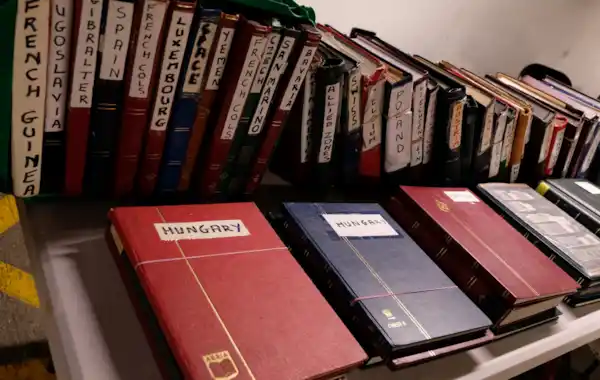05 April 2019
|
The term 'philatelist' refers to a person who collects stamps. Find out more about philatelists with our quick guide…
What is a philatelist?
A philatelist is someone who collect and studies postage stamps.
Philatelists research, study and exhibit the production, use and collecting stamps. Examples of areas of study include:
- How the postage stamp was designed
- The printing process used (such as line-engraved, lithography, gravure)
- The make-up of the stamp, such as the paper type, gum, and perforations
- The varieties of a stamp, such as shade differences and ink markings
- Errors on stamps, whether spelling mistakes or printing errors
- The study of fake or forged stamps and the forgers who created them
What does a philatelist collect?
A philatelist collects postage stamps, these can range from classic stamps of the 19th century to modern stamps issued by post offices all around the world. Different types of stamps to collect and study include:
- 19th-century stamps (such as the Penny Black)
- Stamps from a particular country or during a particular reign (such as Queen Victoria)
- Stamps on the same topic (known as thematic collecting or 'thematics')
Some philatelists will also have an interest in postal history. Read our guide to postal history.
What's philately?
Philately is the study of postage stamps, postal history, and the history of the postal system. Find out more in our introduction to philately.
What's the difference between a stamp collector and philatelist?
The difference between the two terms is subjective, but one may make the assumption that a collector becomes a philatelist when he or she takes their interest in the hobby to the next level, adding some form of study to the process, rather than simply adding stamps to an album and ticking off a list.
In truth, anyone that spends time collecting stamps will quickly graduate to a philatelist, since the enjoyment of the hobby is often found in expanding one's knowledge and learning more about the stamps in question. Pursuing certain stamps without any interest in their origins, design, or the varieties available is surely impossible.
Where does the term 'philately' come from?
'Philately' derives from the Greek words 'phillo', meaning an attraction to something, and 'ateleia', meaning exempt from tax (the introduction of the postage stamp meant letter no wlonger had to be paid for at the point of delivery). It is thought the word was created by French philatelist Georges Herpin who coined the term 'philatelie', of which the English version is 'philately'.
Further reading…







